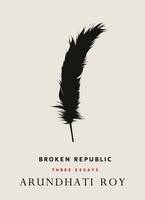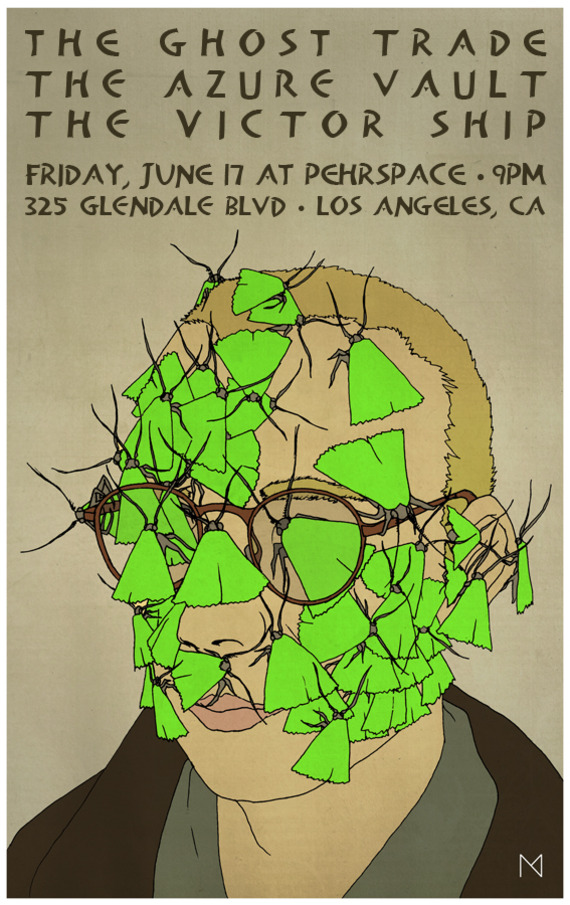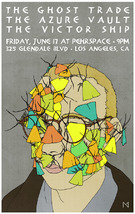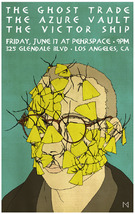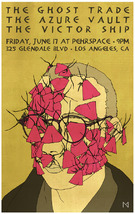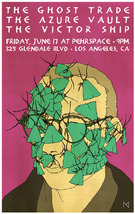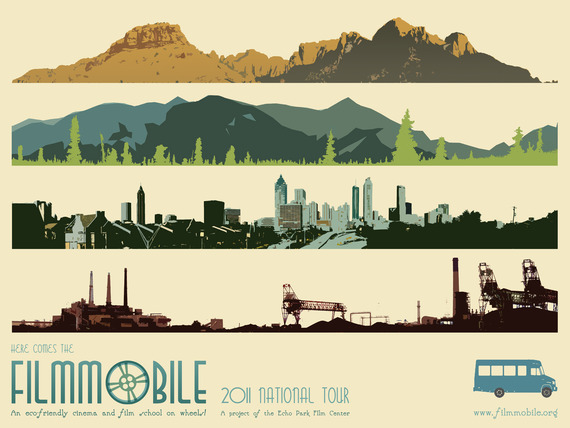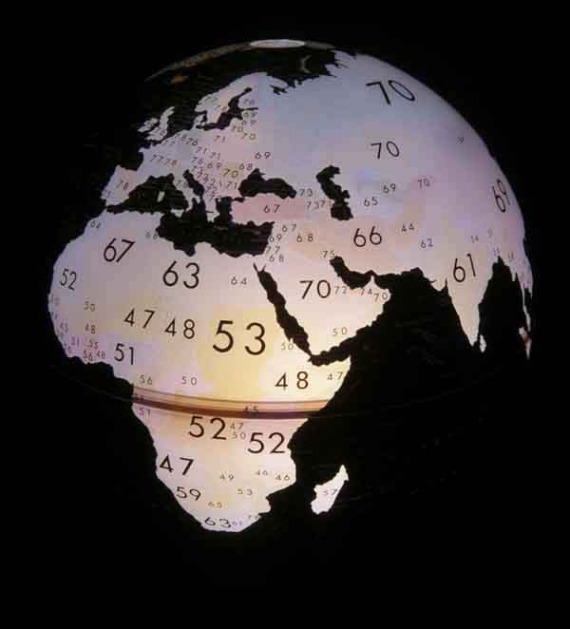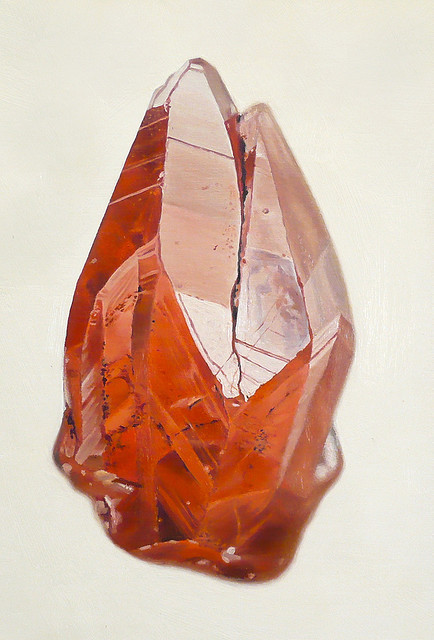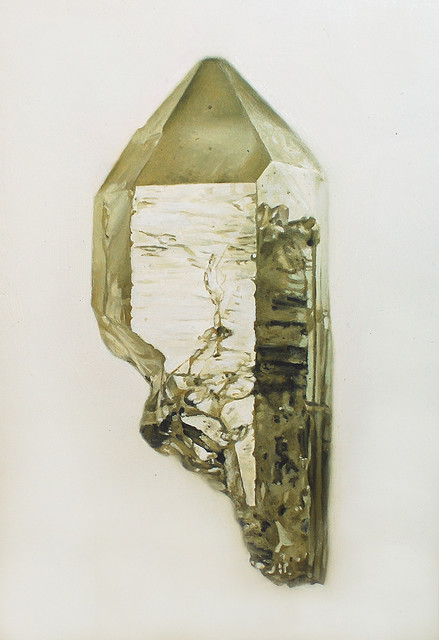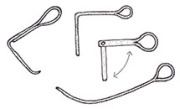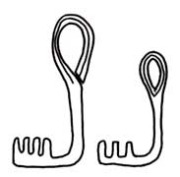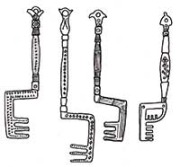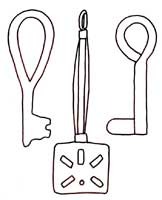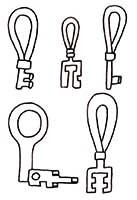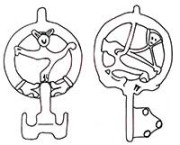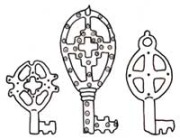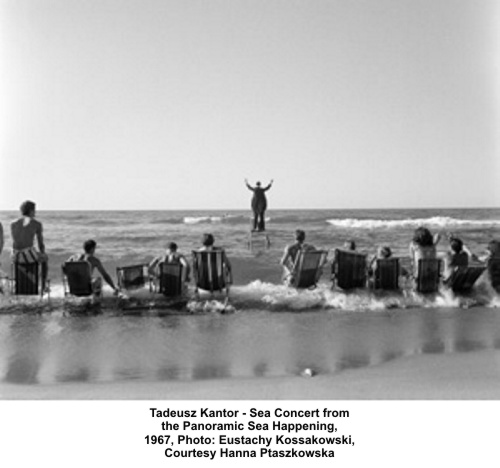Steve Reich is an American composer who pioneered the style of minimalist music. His innovations include using tape loops to create phasing patterns (examples are his early compositions, "It's Gonna Rain" and "Come Out"), and the use of simple, audible processes to explore musical concepts (for instance, "Pendulum Music" and "Four Organs"). These compositions, marked by their use of repetitive figures, slow harmonic rhythm and canons, have significantly influenced contemporary music, especially in the US. Reich's work took on a darker character in the 1980s with the introduction of historical themes as well as themes from his Jewish heritage, notably the Grammy Award-winning Different Trains. Reich's style of composition influenced many other composers and musical groups. Reich has been described by The Guardian as one of "a handful of living composers who can legitimately claim to have altered the direction of musical history", and the critic Kyle Gann has said Reich "may...be considered, by general acclamation, America's greatest living composer." On January 25, 2007, Reich was named the 2007 recipient of the Polar Music Prize, together with jazz saxophonist Sonny Rollins. On April 20, 2009, Reich was awarded the 2009 Pulitzer Prize for Music for his Double Sextet. (WIKIPEDIA)
South is an ambient, post-rock unit from Richmond, Virginia. Core band members include songwriters Patrick Phelan and Nathan Lambdin, along with percussionist Tod Parkhill, founder of the company that publishes Nothing Nice To Say. Musicians who have played a supporting role with the band include bassist Bryan Hoffa, Labradford contributor Peter Neff on hammered dulcimer, Jess Bittner on vibraphone, and either Via Nuon (Drunk, Bevel) or Rick Alverson (Drunk, Spokane) on keyboard. Their self-titled debut was released via Jagjaguwar, with recording help from The Technical Jed's Clancy Fraher, Brent Lambert (Carbon Leaf, Superchunk) and John Morand (Cracker, FSK). (WIKIPEDIA)
Abilene formed in 1998, and originally consisting of Alex Dunham on guitar and vocals, Scott Adamson behind drums, and bassist Craig Ackerman, they recorded and released a six-song slow-burner on the now-defunct Slowdime label. Before writing and recording Two Guns, Twin Arrows, Fred Erskine (June of '44, Hoover) joined to play trumpet, and the band evolved musically into something more dense, equally brooding, yet still ambient and subtle in nature.
The Mercury Program is an American musical group composed of Dave Lebleu on drums, Sander Travisano on bass guitar, Tom Reno on guitar, and Whit Travisano on vibraphone andpiano. They are based in Gainesville, FL. The first three members formed a trio in August 1997 and Whit Travisano joined in late 1999. The band members live in different cities across the United States. Their first two albums featured sparse, spoken vocals. However, with the release of the EP 'All the Suits Began to Fall Off' and onwards they become entirely instrumental. Their style is described as intricate and groove-led with many categorizing them as post-rock.After the release of 'Confines of Heat' in 2003, The Mercury Program took a much needed break. Then over the next several years they worked on new material in a much more relaxed manner. But in October 2006, the band got back together and recorded a new record with Andy Baker in Athens GA. This much anticipated new record, named "Chez Viking" was released November 24, 2009 on Lovitt Records. (WIKIPEDIA)
Beti Kamanga — no information available.From the album Nyasaland: Northern And Central Malawi, 1950 & 1957-58, SWP Records.
Arthur Russell (May 21, 1951 – April 4, 1992) was an American cellist, composer, singer, and disco artist. While he found the most success in dance music, Russell's career bridged New York's downtown, rock, and dance music scenes; his collaborators ranged from Philip Glass to David Byrne to Nicky Siano. Relatively unknown during his lifetime, a series of reissues and compilations have raised his profile in the 2000s. (WIKIPEDIA)

